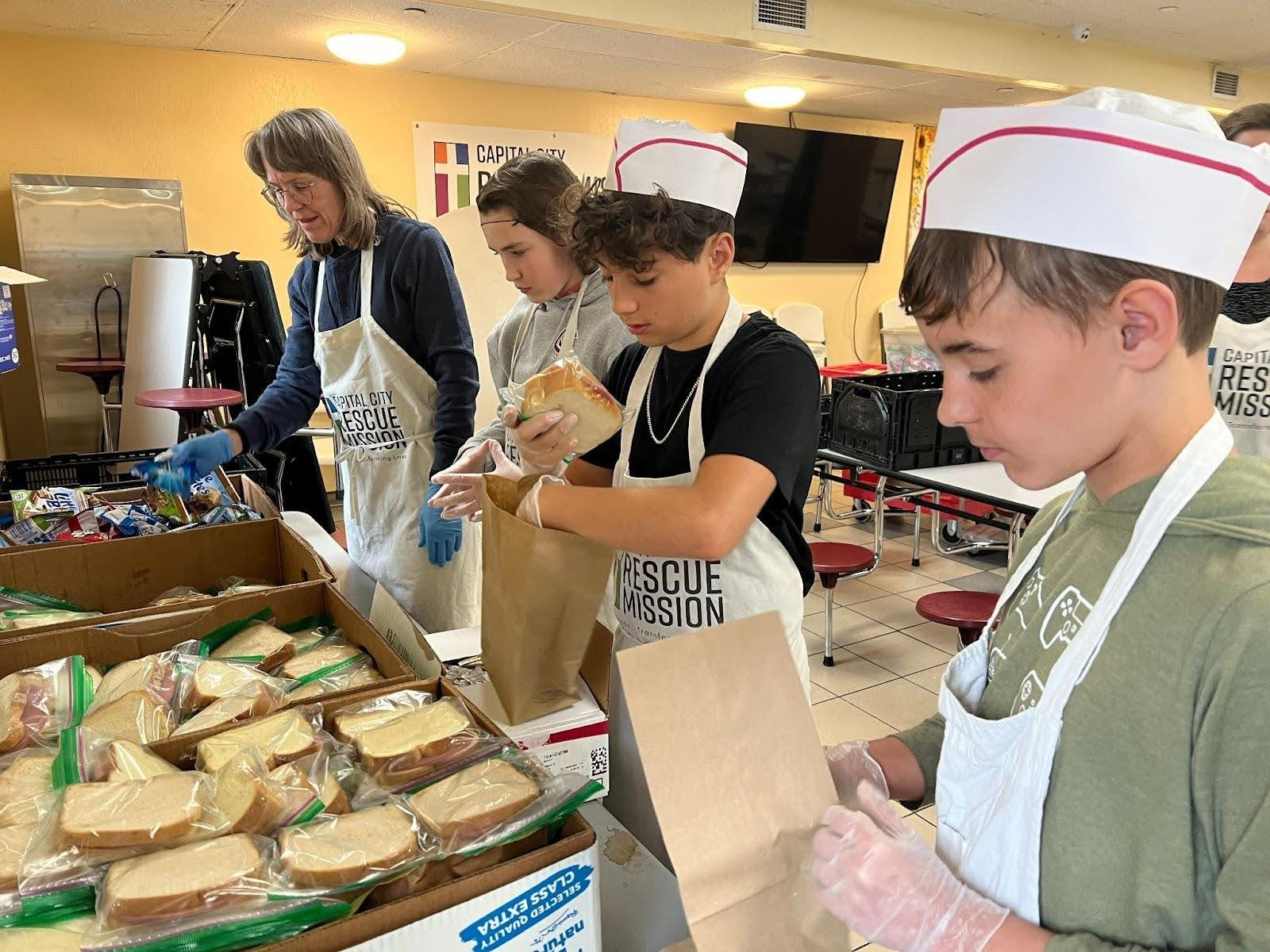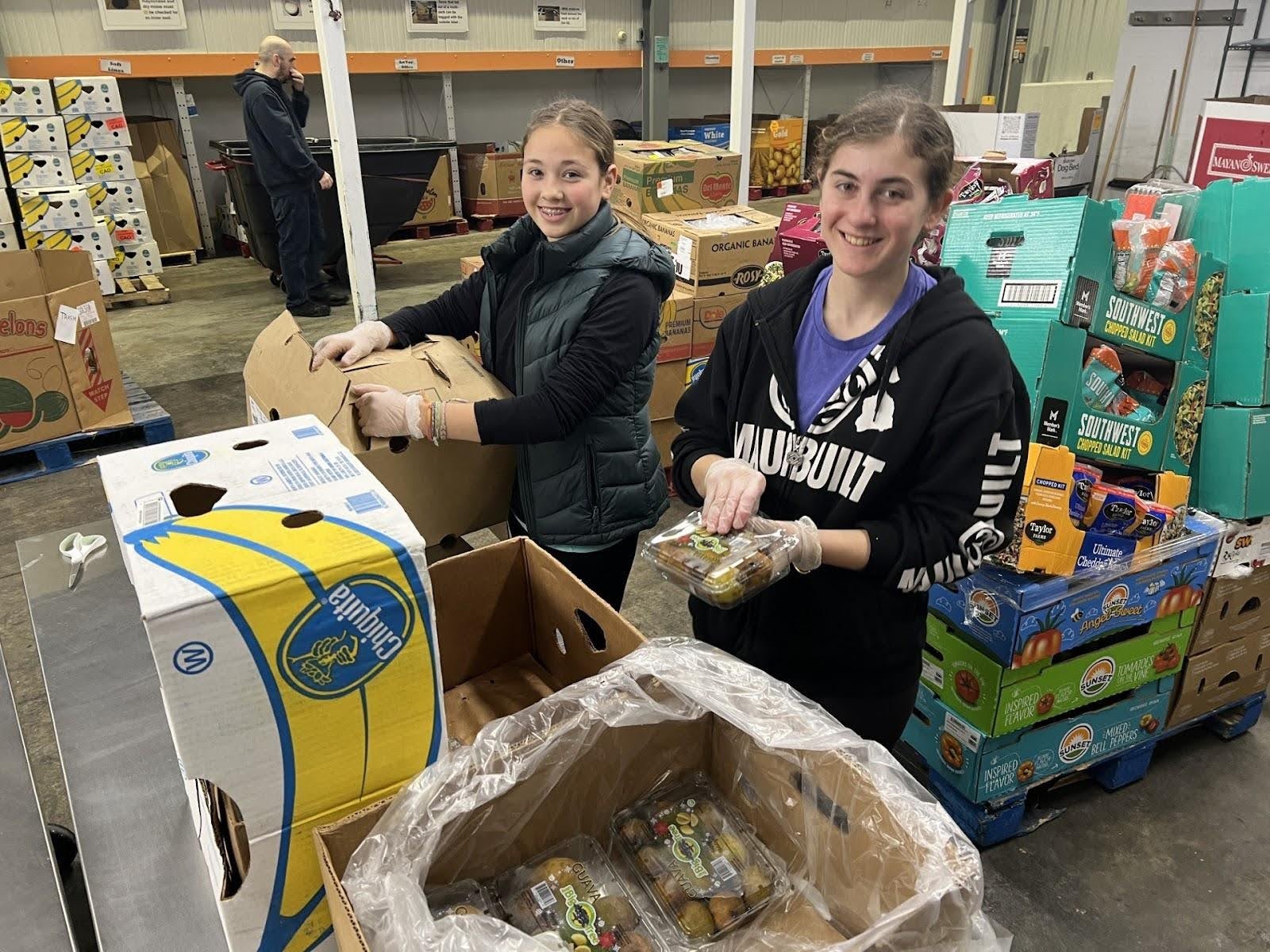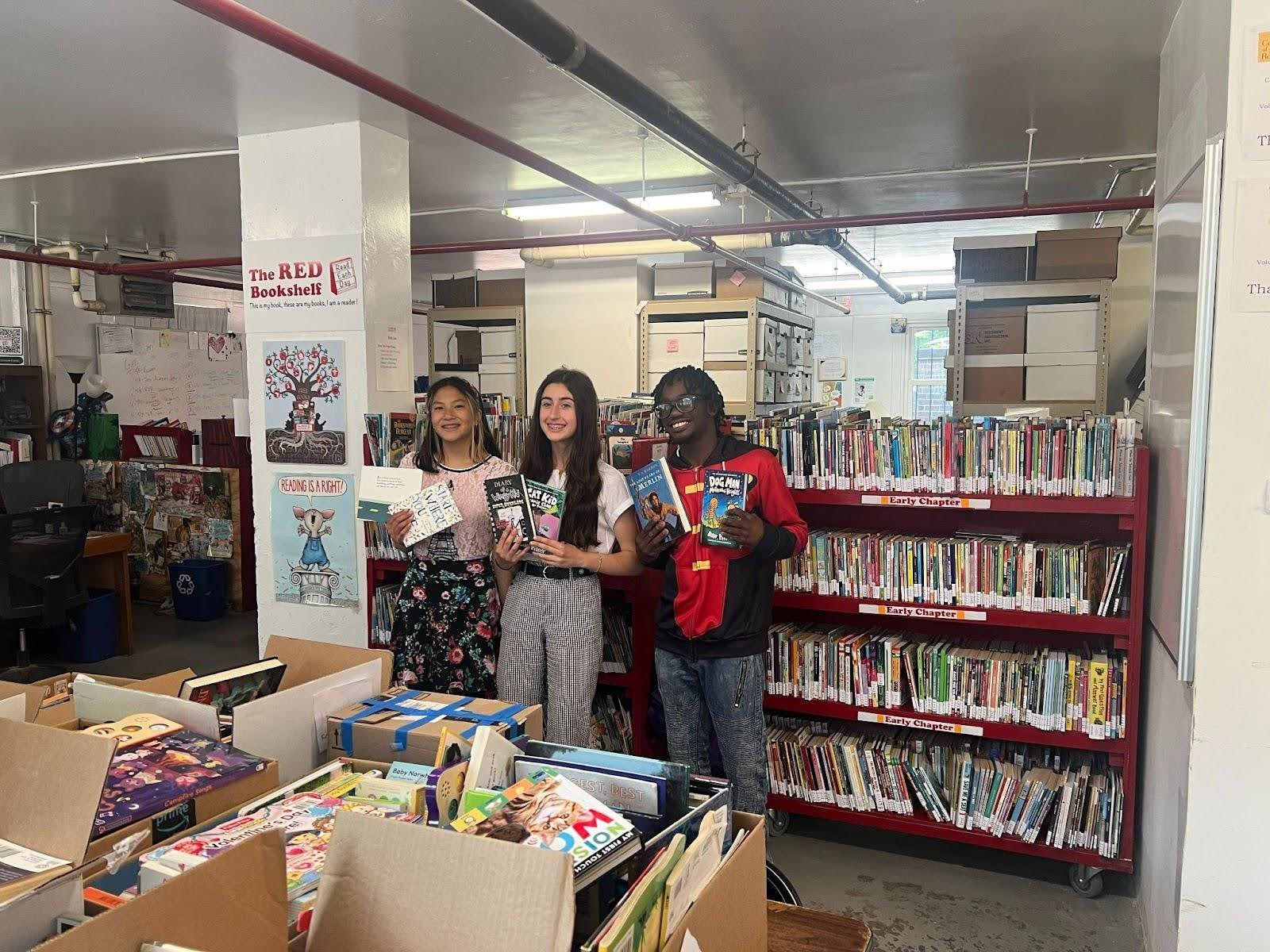Service Learning at WHMS
October 23rd, 2024
A service component has long been an integral part of a Montessori Secondary curriculum, rooted in both the writings of Maria Montessori and the observable characteristics of the young adolescent. Montessori envisioned a world where people engage harmoniously with one another and the environment, and she actively pursued this vision throughout her life, using education as the primary means to achieve it. Montessori’s call to educate students for world peace is no small task for the Montessori educator. One way to cultivate peaceful hearts in our students is by creating opportunities for them to serve others.
“The child is capable of developing and giving us tangible proof of the possibility of a better humanity. He has shown us the true process of the construction of human being. We have seen children totally change as they acquire a love for things and as their sense of order, discipline, and self-control develops within them.... The child is both a hope and a promise for mankind.”
Maria Montessori | Education and Peace

Montessori referred to adolescents as ‘social newborns’. During this third plane of development, young adolescents engage in a deeper exploration of their surroundings and actively question their emerging identities and how they relate to the broader context of the world around them. Strong secondary Montessori programs expose students to the complexities of society, both past and present, and offer opportunities for the students to participate actively in the issues of the present day. When students contribute positively to society through service, they build a greater sense of independence and agency, empowering them to advocate for change and promote justice. As they begin to see themselves as active participants in their communities, they gain confidence in their ability to make a difference and shape the world around them.
During the 18 years that I have been teaching at Woodland Hill, there has always been a service component in our Middle School. This has ranged from tracking and requiring a set number of service hours, special ‘senior service projects,’ and numerous whole group endeavors. In fact, many best-practice schools around the world incorporate elements of service into their curriculum's. However, last year, we took a significant step at Woodland Hill Montessori Middle School by making service-learning a dedicated class on our weekly schedule. This means that each student in the Middle School will have the opportunity to participate in a trimester-long service learning class each year.

During this service learning course, students explore issues at the school, local, and global levels, select topics of interest, contact organizations, and initiate plans to execute their service projects. After topics are selected, the teachers establish learning objectives to align with their projects, offering lessons, learning materials, and resources for the students to meet these objectives. We aim for students to understand the background of the issues, learn more about the organization they are partnering with, and consider the work that still needs to be done. The final step of the service-learning project is reflecting on the successes and roadblocks that were encountered during the process and sharing all of these learning experiences with the broader Middle School community.
By incorporating service learning as a course in our Middle School, we demonstrate our commitment to student-initiated and student-led work, enabling our students to lead with both their hearts and minds while making a meaningful impact on the world around them. When students initiate a project at our school, they are doing more than just collecting items in a lobby or hanging a poster in the hallway. Students are researching the issues, contacting organizations, stocking shelves, witnessing inequality or injustice firsthand, and collaborating with others toward a goal. Our hope is that this work will leave a lasting impact on their ability to see themselves as changemakers and leaders in a more peaceful future. Through these experiences, we aim to inspire and guide our students to embrace Montessori's vision of peace, compassion, and social responsibility, equipping them to become agents of positive change in their communities.

“If puberty is on the physical side a transition from an infantile to an adult state, there is also, on the psychological side, a transition from the child who has to live in a family, to the adult who has to live in society. These two needs of the adolescent: for protection during the time of the difficult physical transition, and for an understanding of the society which he is about to enter to play his part as an adult. ”
Maria Montessori | From Childhood to Adolescence, p. 60

Cora Heiser
| Middle School Director |
| Cora Heiser holds a Montessori adolescent certification from the Cincinnati Montessori Secondary Teacher Education Program (7-12). She joined WHMS in 2006 as the Middle School Head Teacher. Cora earned a bachelor's in adolescent social studies education and an M.Ed. from the University at Albany. Additionally, she serves as an Instructional Guide and Practicum Advisor for the Center for Guided Montessori Studies, supporting future Secondary Montessori educators. |







